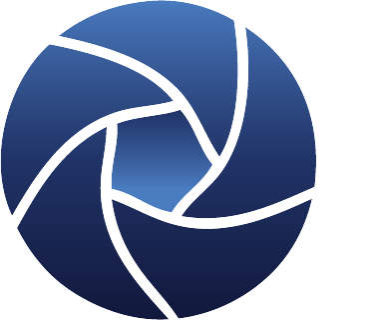Protecting the Public from Terrorism
Sporting and other major events are high profile terrorist targets for REDs and Dirty Bombs
Sporting events like the Super Bowl or Boston Marathon, and major political events such as the Presidential Inauguration with lots of people gathered, are high profile terrorist targets. The Department of Health and Human Services has identified Radiological Exposure Devices (REDs) and Dirty Bombs also called Radiological Dispersive Devices (RDDs), made using sources stolen from a hospital, as significant threats.
Read More
In a RED, radioactive material is placed in a public location, out of sight. A hospital source could be made into 200 REDs that are potentially lethal with an hour of exposure at close range. REDs produced from a single hospital source could poison thousands of speactators. In a Dirty Bomb, the radioactive material is dispersed with a conventional explosive leading to potentially widespread contamination.
Read Less
GammaPix protection from REDs
First Layer of Protection
A single, already installed, surveillance camera equipped with GammaPix software can spot a RED from 100 yards away in under a minute. Surveillance at night when a RED is likely to be planted would provide a warning to security personnel, during the planting of the first RED, facilitating the capture of the terrorist before more REDs could be planted.
A second layer of protection
can be provided by security personnel smartphones or tablets equipped with GammaPix. These devices can also detect a RED within 100 yards for interdiction of the attack or post attack emergency response.
A third layer of protection
can be provided by personal smartphones carried by spectators. Geo-tagged and time-stamped radioactivity readings automatically collected by the Image Insight server can be fed to security personnel before and during the event.
Protection from lightly shielded Dirty Bombs
Unlike the RED, whose source must be fully exposed to be effective, the Dirty Bomb or RDD can be shielded to avoid detection prior to detonation. RDDs could be carried into a large crowd, say by backpack, the method used in the Boston Marathon bombing. Such RDDs whose shielding is limited by the weight that can be carried are detectable by GammaPix. Data transmitted to a command center can lead to interdiction of the attack.
Read More
Consider two RDDs that could have been made from the 3000Ci Cobalt-60 source that was stolen in Mexico in November 2013. If split into two portions and carried in a backpack or a roller-suitcase, each could potentially be shielded with 100lbs of lead, which would effectively reduce its emission to that of a 25Ci source. GammaPix equipped smartphones in the crowd could detect such a device at 50m within 20 seconds. Such devices would also have been spotted with nearby surveillance cameras equipped with GammaPix. Data transmitted to a Command Center in real-time would then have allowed authorities to defeat the attack and interdict the perpetrators.
Read Less
If a radiological terrorist attack or accident occurs
In the event of a radiological terrorist attack or accident, GammaPix- network equipped smartphones and video surveillance cameras, transmitting data to a Command Center, can allow quick assessment of the location and extent of the danger.
Read More
Devices would be used to check contamination of the public, to locate the sources of radioactivity, and to monitor the dose received by First Responders. Radioactivity maps of the scene would be employed to manage First Responders and direct the public away from danger. The Command Center software can control the GammaPix Pro software on deployed devices to increase the frequency of measurements and initiate dose integration. If dose-rate or integrated-dose limits are reached, the First Responder is notified--potentially providing a life-saving capability without distracting rescue personnel from their mission. An important function during assessment of the danger is to establish a danger zone in areas where the radioactivity dose is above 2mR/hr (200uSv/hr). As First Responders move toward the danger area, GammaPix software would transmit readings to the Command Center to help them establish a 2mR/hr inner cordon, while providing audio warnings from the device when this limit is reached.
Read Less






